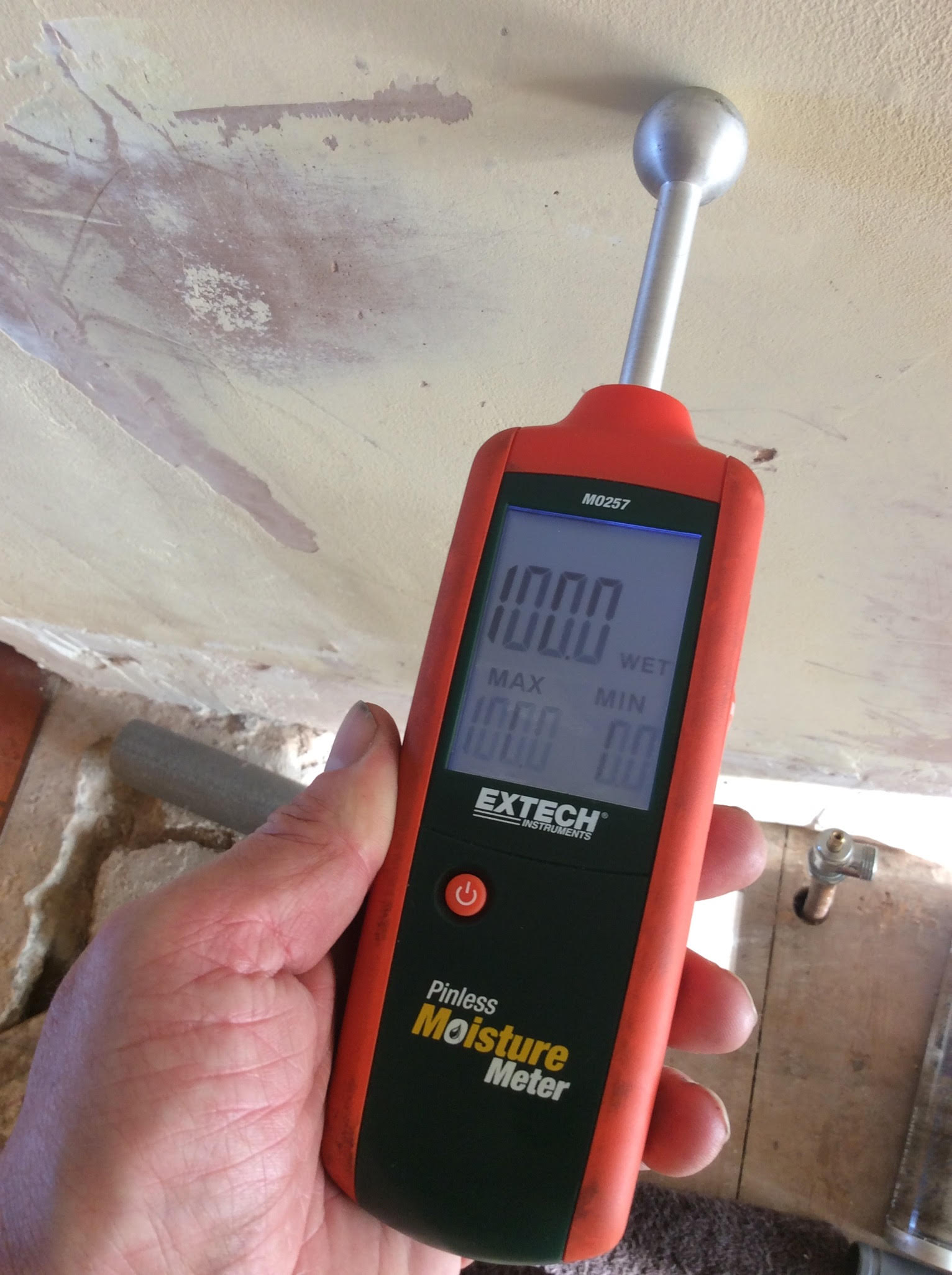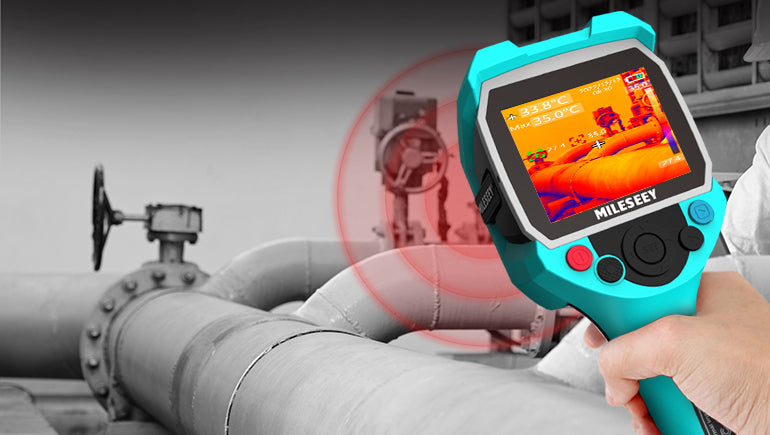Water Leak Detection: Just How to Determine and Repair Leaks Prior To They Trigger Damages
Water Leak Detection: Just How to Determine and Repair Leaks Prior To They Trigger Damages
Blog Article
Cutting-edge Solutions for Very Early Discovery of Water Leakages in Buildings and Facilities
From advanced leakage discovery technologies to the implementation of IoT sensing units for real-time tracking, the landscape of leak avoidance is evolving swiftly. Automated water flow evaluation systems are reshaping exactly how leakages are recognized and attended to, paving the means for a proactive strategy to water leak detection.
Advanced Leak Discovery Technologies
Advanced leakage discovery innovations, furnished with sophisticated sensing units and algorithms, play a vital role in promptly determining and identifying water leakages in various setups. Electromagnetic sensing units can determine adjustments in electromagnetic fields triggered by water, supplying yet another layer of leakage detection capability.

IoT Sensors for Real-Time Surveillance
In the realm of modern water leak detection, the combination of IoT sensors for real-time tracking stands for an essential improvement in enhancing proactive leakage detection abilities. These sensing units provide continuous surveillance of water systems, providing real-time information on water flow rates, pressure variants, and temperature level modifications. By leveraging IoT technology, these sensors can discover also the smallest abnormalities in water use patterns, allowing very early identification of potential leakages prior to they rise into significant concerns.
IoT sensors transmit data to a central system, where sophisticated algorithms analyze the information and create informs or notifications when abnormalities are discovered. This real-time monitoring capacity enables residential or commercial property proprietors or center managers to without delay deal with leaks, minimizing water damage, reducing fixing costs, and preserving water resources.
In addition, IoT sensing units can be integrated with structure administration systems, permitting for computerized reactions to detected leakages, such as turning off water shutoffs or triggering pumps to mitigate the effect of leakages. Generally, the implementation of IoT sensors for real-time tracking substantially enhances the effectiveness and effectiveness of water leakage discovery in buildings and infrastructure.
Artificial Intelligence Algorithms for Leakage Prediction

One key benefit of utilizing device understanding for leak forecast is its capacity to constantly discover and improve its precision in time. As more data is gathered and fed into the formula, it can improve its forecasts and adjust to changing problems, ultimately raising the dependability of leakage detection systems.
Moreover, artificial intelligence formulas can aid in determining refined indicators of leaks that may go unnoticed by traditional surveillance methods. water leak detection. By evaluating intricate information sets in real-time, these formulas can supply early cautions and informs, allowing for timely treatment and precautionary maintenance to minimize possible water damages and associated prices
Using Thermal Imaging for Leakage Detection
Thermal imaging innovation offers an encouraging approach for spotting water leakages in different systems and frameworks. By utilizing infrared radiation and temperature level variations, thermal imaging cameras can identify covert leaks that are have a peek at this website not quickly visible to the naked eye. When water runs away from pipes or structures, it commonly changes the temperature level of the surrounding area, creating temperature differentials that thermal video cameras can catch. These temperature level irregularities are then equated right into noticeable photos, highlighting the exact location of the leak.
One of the crucial benefits of thermal imaging for leak discovery is its non-intrusive nature. Unlike standard techniques that may need burglarizing wall surfaces or floorings to situate leaks, thermal imaging permits non-destructive screening. This not just saves time and lowers expenses yet likewise decreases disruption to the structure or infrastructure being analyzed. Furthermore, thermal imaging can promptly scan large locations, offering a thorough summary of prospective leak sources in a timely fashion. On the whole, making use of thermal imaging modern technology enhances the performance and accuracy of water leakage detection, making it an important device for maintaining the stability of buildings and frameworks.
Automated Water Circulation Analysis Solutions
Just how can automatic water flow evaluation systems reinvent the discovery and administration of leaks in various systems and facilities? Automated water circulation evaluation systems offer a proactive method to leak discovery by continually keeping an eye on water circulation rates and patterns. By developing baseline data, these systems can swiftly determine deviations that may suggest a leakage, enabling prompt intervention to stop comprehensive damages.
These systems utilize advanced algorithms to examine real-time information and supply immediate signals when abnormalities are detected, permitting quick activity to be taken. Additionally, automatic water flow evaluation systems can be incorporated with building management systems or IoT platforms, boosting overall performance and making it possible for remote tracking capacities.
Furthermore, the data accumulated by these systems can be made use of for anticipating upkeep purposes, helping to identify possible weak factors in the infrastructure before leaks occur. In general, the implementation of automated water circulation analysis systems can considerably boost leak discovery and management methods, inevitably causing cost financial savings, minimized water wastage, and enhanced sustainability in structures and facilities.

Conclusion
To conclude, the assimilation of innovative leakage detection modern technologies, IoT go sensors, artificial intelligence formulas, thermal imaging, and automatic water circulation analysis systems uses cutting-edge options for very early discovery of water leaks in structures and infrastructure. These innovations make it possible for real-time tracking, forecast of leakages, and efficient detection methods to stop water damages and wastefulness. Carrying out these remedies can aid in maintaining the stability and sustainability of water supply in different setups.
Report this page